 ‘4 things to see this week’ is sponsored by Bloomberg Connects, the free arts and culture app. Bloomberg Connects lets you access museums, galleries and cultural spaces around the world on demand. Download the app here to access digital guides and explore a variety of content.
‘4 things to see this week’ is sponsored by Bloomberg Connects, the free arts and culture app. Bloomberg Connects lets you access museums, galleries and cultural spaces around the world on demand. Download the app here to access digital guides and explore a variety of content.
Each week we bring you 4 of the most interesting objects from the world’s museums, galleries and art institutions hand-picked to mark significant moments in the calendar.
Contrary to what James Cameron would have you believe, when the Titanic hit an iceberg on 14 April 1912, there were no Picassos or Monets aboard. The most notable work of art that succumbed to the icy waters of the Atlantic was La Circassienne au Bain (1814) by Merry-Joseph Blondel. Its owner, the Swedish businessman Mauritz Hakan Björnström-Steffansson, who was travelling as a first class passenger, survived the sinking of the ship and promptly demanded compensation of more than $2m in today’s money – the largest claim made against the White Star Line shipping company for the loss of a single item of baggage or cargo. In a textbook example of ‘survival of the richest’, when it was discovered that there were not enough lifeboats, the poorest passengers were left to fend for themselves; more than 1,500 of the 2,240 people on board lost their lives.
As well as providing a ghoulish spectacle for the press, the sinking of the Titanic has been mined for art and entertainment for more than a century. Its artefacts still hold a strange fascination and in 2018, tickets to see the wreck from the comfort of a ‘Titan submersible’ sold for £81,300 – the equivalent to a first-class ticket on the original voyage.
Here we take a look what the Titanic left behind and the art it has inspired.
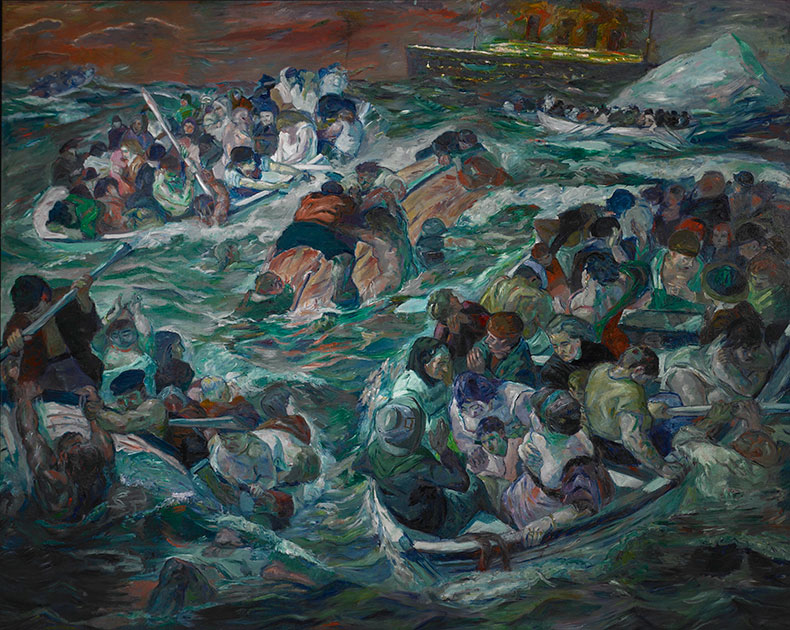
Sinking of the Titanic (1912–13), Max Beckmann. St Louis Art Museum
1. Sinking of the Titanic (1912–13), Max Beckmann
Saint Louis Art Museum
Perhaps taking impetus from Theodore Géricault – whose Raft of the Medusa (1819), which set the tone for French Romanticism, likewise responded to a real event – the German artist Max Beckmann set about painting the immediate aftermath of the disaster as soon as he heard the news. Highlighting the human tragedy, the focus here is on the over-packed lifeboats while the ship and iceberg are pushed to the background. Click here to find out more.
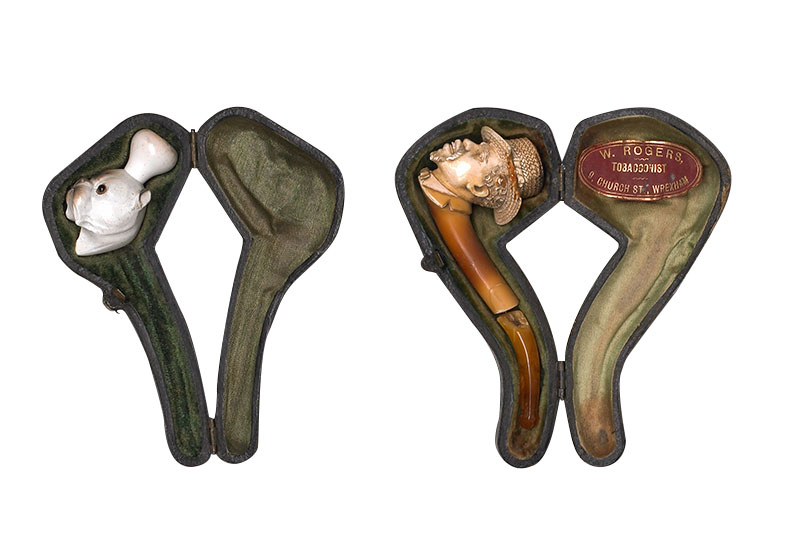
Tobacco pipe and pipe case of J.H. Hesketh (Junior Second Engineer on RMS Titanic) from Titanic wreck site. Liverpool Maritime Museum
2. Tobacco pipe and pipe case of J.H. Hesketh (Junior Second Engineer on RMS Titanic)
Maritime Museum, Liverpool
The Maritime Museum holds a large and wide-ranging collection of artefacts from the Titanic, including a maid’s uniform, life jackets and a ventilation grill. This tobacco pipe belonged to scouser J.H. Hesketh, a junior second engineer who went down with the ship. Click here to find out more.
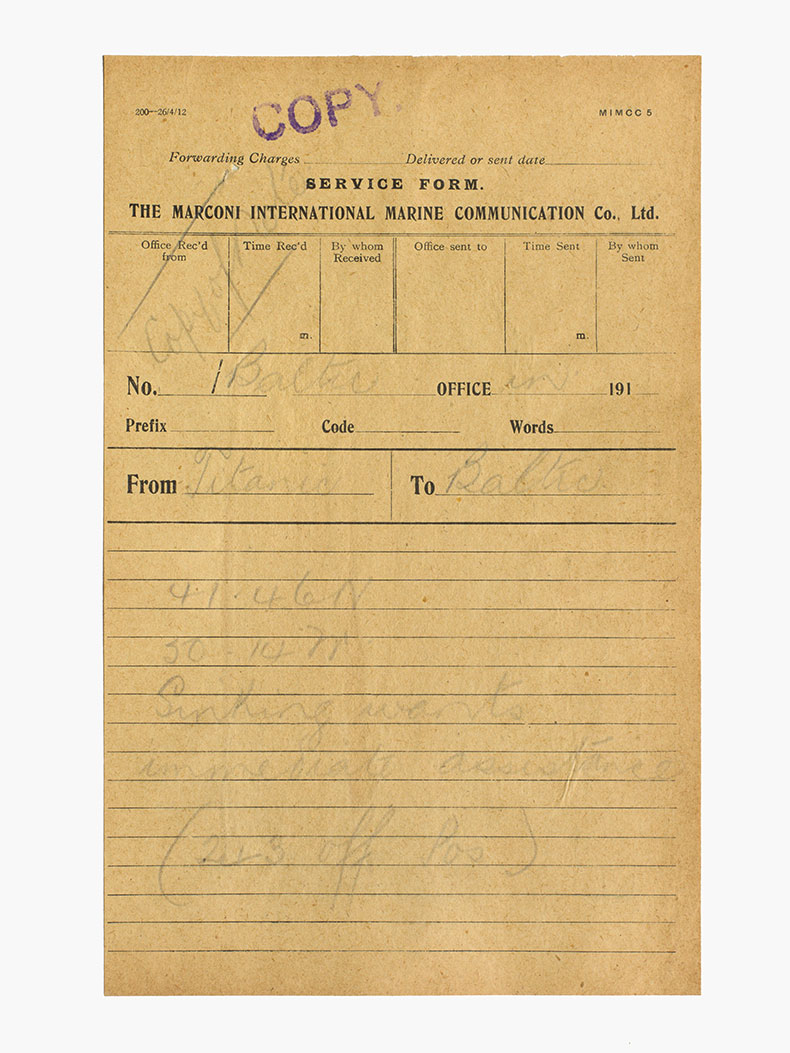
Telegram, ‘Titanic to Baltic’, sent 4 April 1912 23:10. Museum for Communication Frankfurt
3. Telegram from the Titanic to Baltic
Museum for Communication Frankfurt
Those who survived the wreck did so thanks to Guglielmo Marconi’s invention of the wireless telegraph which allowed the Titanic to send out multiple calls for aid, including this one which reads ‘Sinking wants immediate assistance’. Click here to find out more.
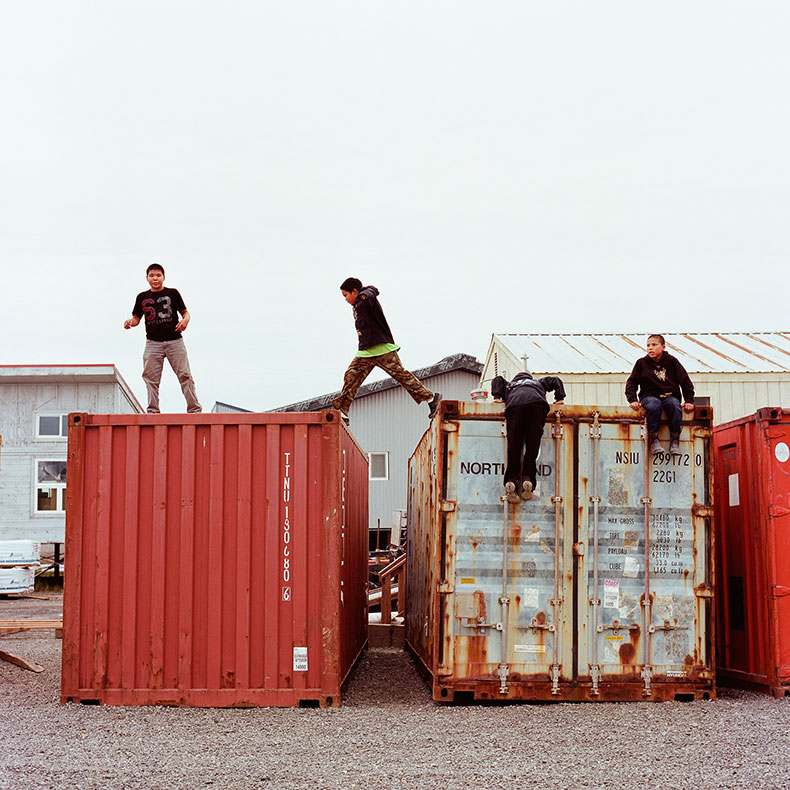
Quinhagak (2015), Brian Adams. Anchorage Museum, Alaska. Photo: courtesy Saradell Ard Fund
4. Quinhagak (2015), Brian Adams
Anchorage Museum, Alaska
Today the tale of the iceberg and the Titanic is often used as an allegory for the disaster of the climate crisis, the effects of which are being disproportionately felt in the developing world. The Inupiaq photographer Brian Adams documents the lives of Alaska’s Inuit peoples. This work shows a group of teenagers messing around on shipping containers, as part of a larger project which aims to ‘bring together a people separated by borders and melting sea ice’. Click here to find out more on the Bloomberg Connects app.
Download now
![]() ‘4 things to see this week’ is sponsored by Bloomberg Connects, the free arts and culture app. Bloomberg Connects lets you access museums, galleries and cultural spaces around the world on demand. Download the app here to access digital guides and explore a variety of content or scan the QR code.
‘4 things to see this week’ is sponsored by Bloomberg Connects, the free arts and culture app. Bloomberg Connects lets you access museums, galleries and cultural spaces around the world on demand. Download the app here to access digital guides and explore a variety of content or scan the QR code.
Unlimited access from just $16 every 3 months
Subscribe to get unlimited and exclusive access to the top art stories, interviews and exhibition reviews.

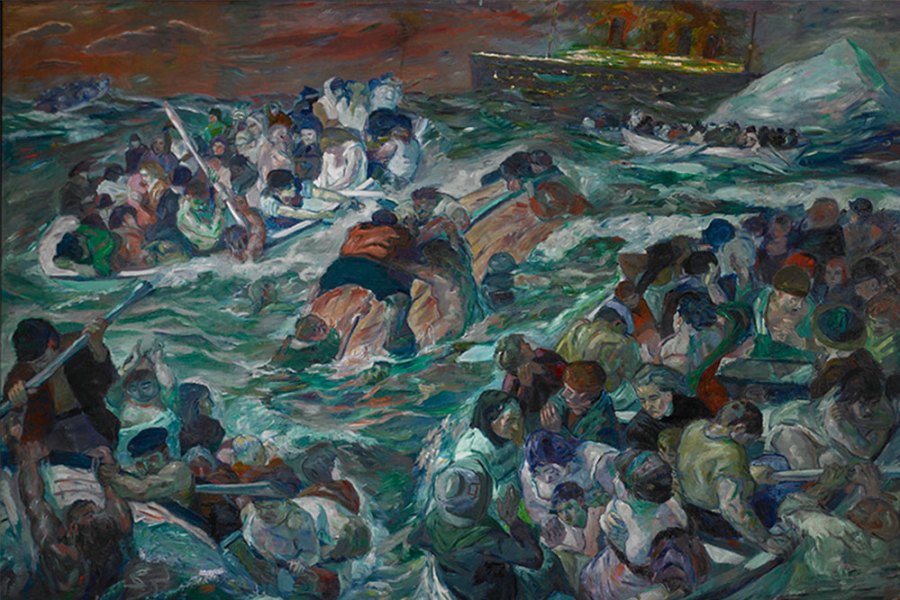
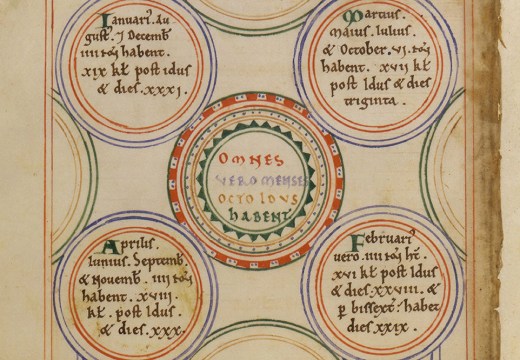
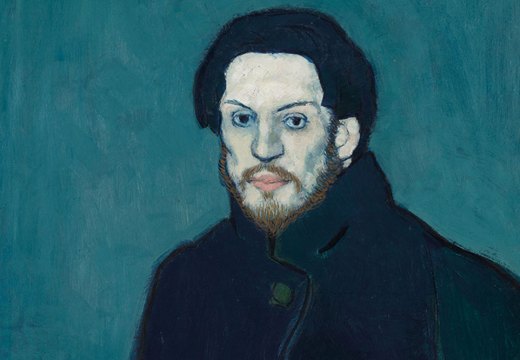
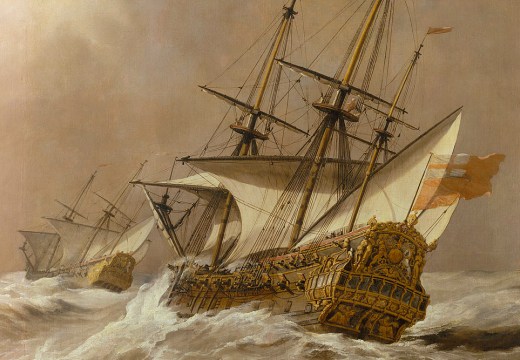


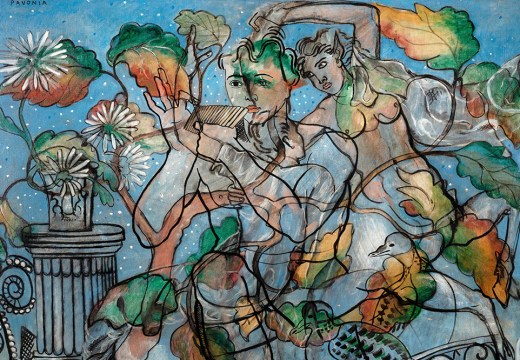
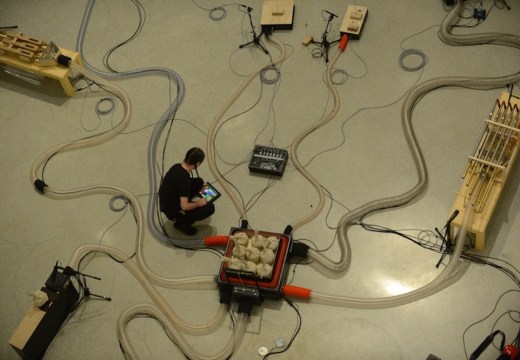





![Masterpiece [Re]discovery 2022. Photo: Ben Fisher Photography, courtesy of Masterpiece London](http://www.apollo-magazine.com/wp-content/uploads/2022/07/MPL2022_4263.jpg)
What Frank Stella saw – and what he made us see